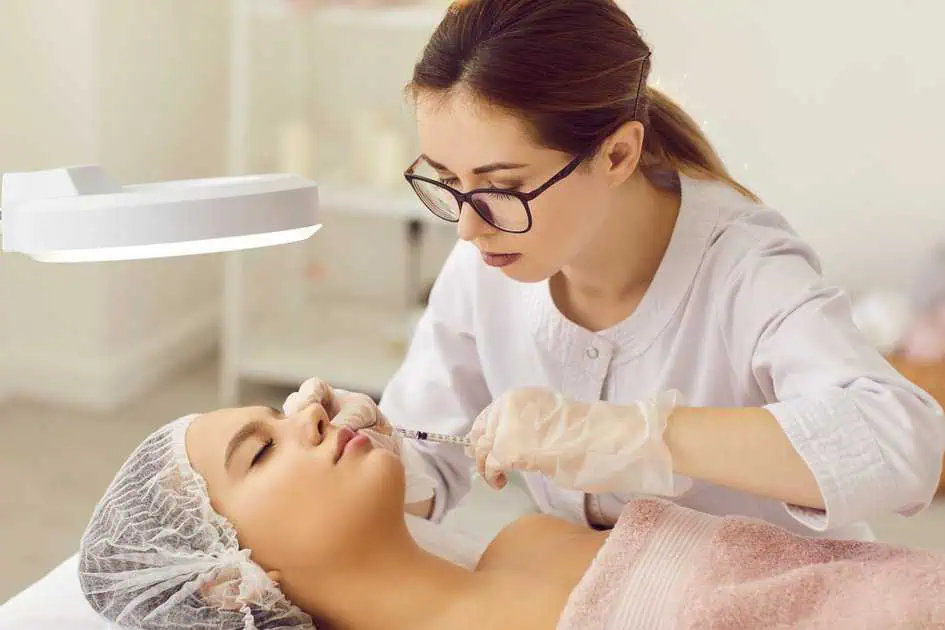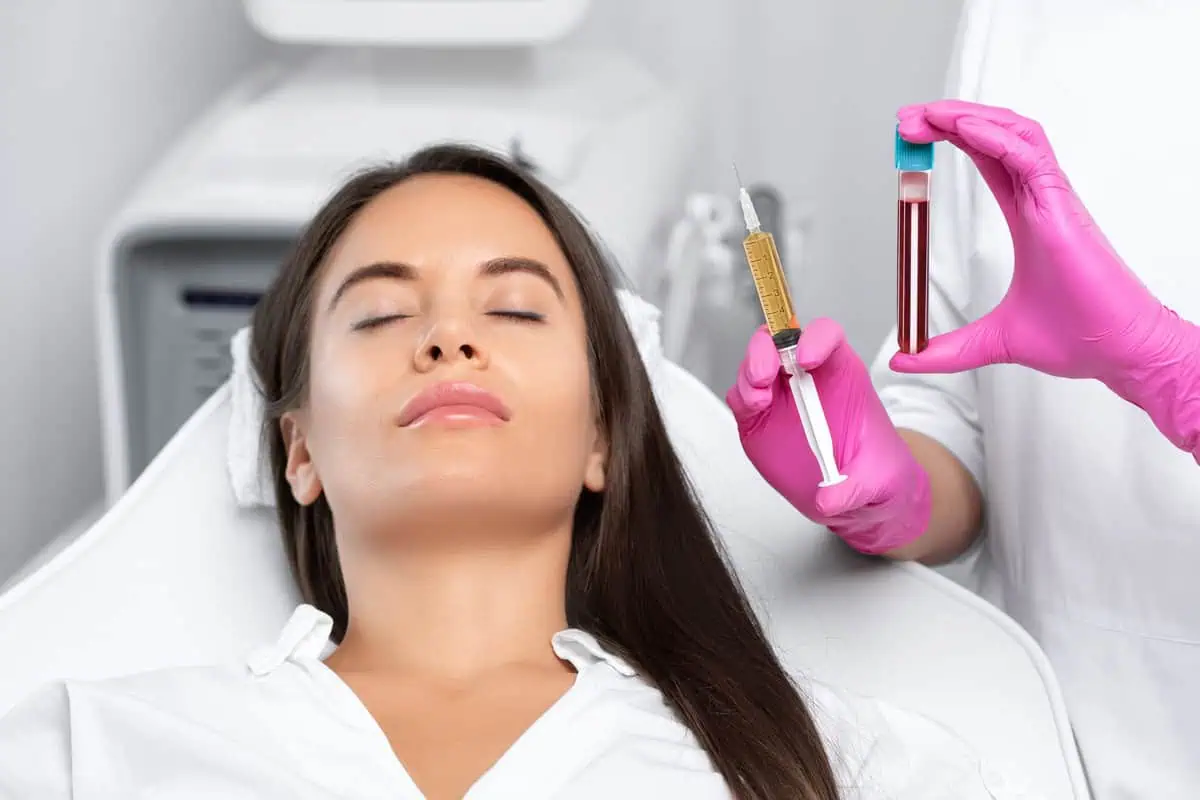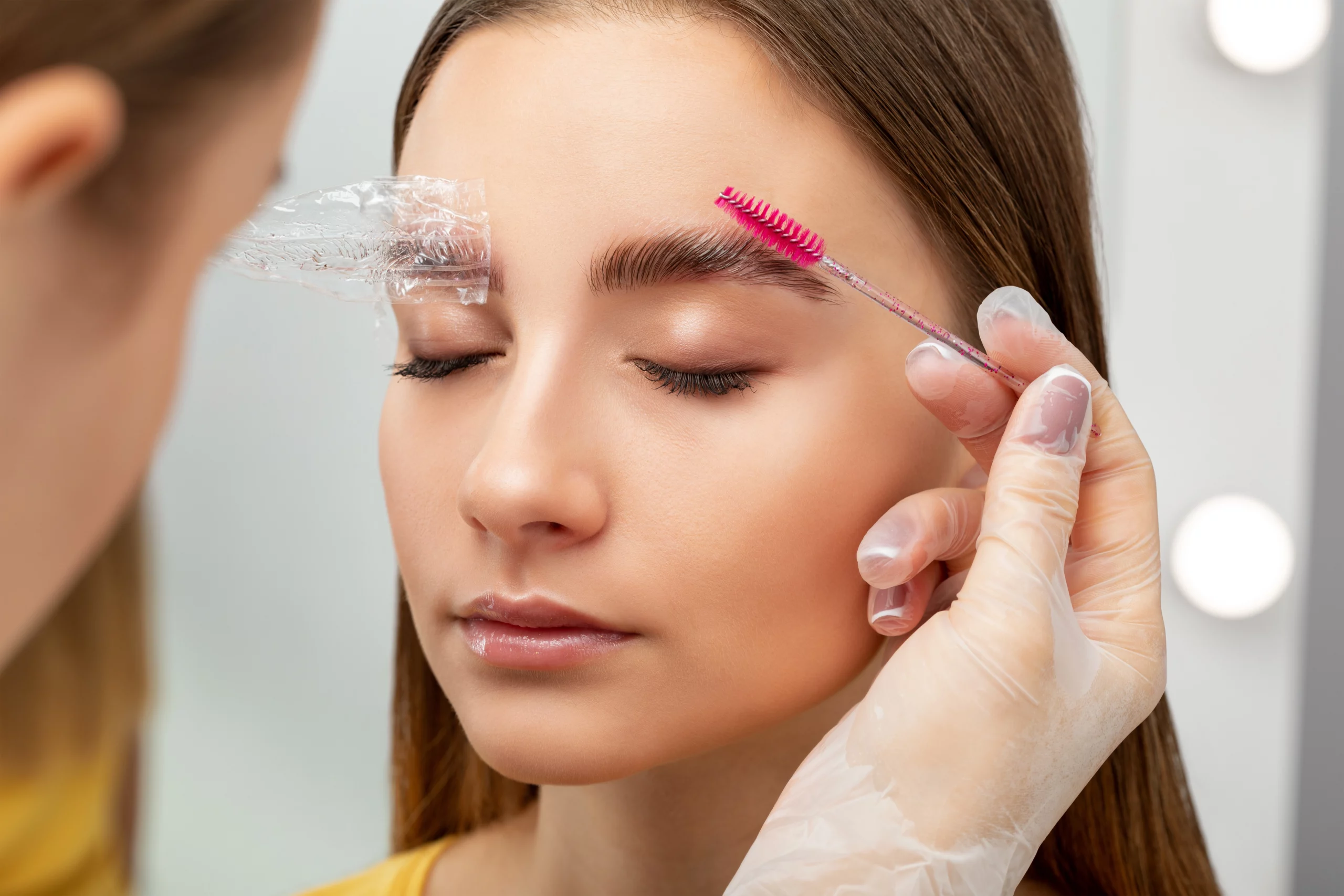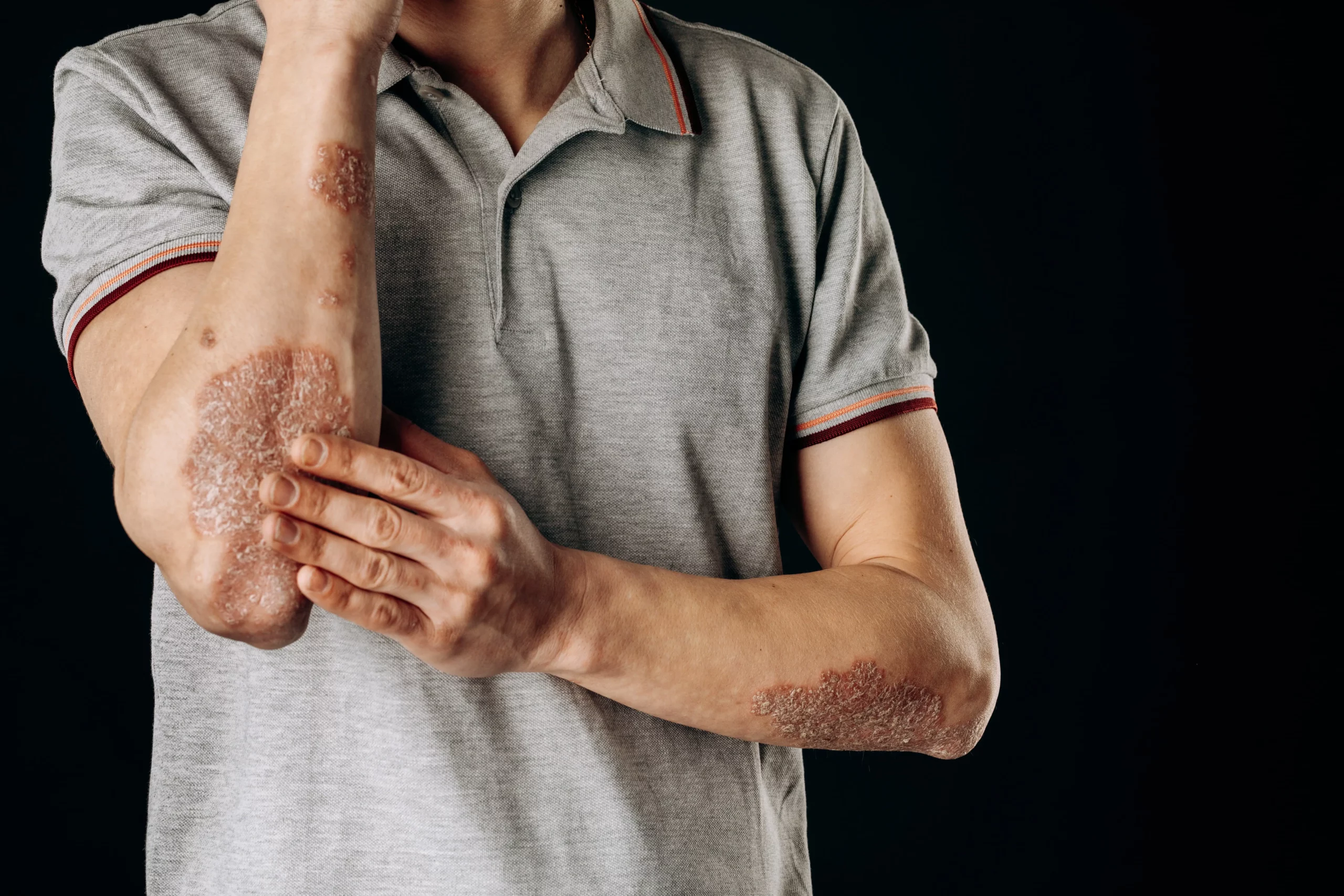Microneedling facial. What is it?
Cristi Bissegger-Cozad APRN, Medical Director.
What if someone told you that rows of thin needles rolled over your face can help you look younger and get the skin you’ve always wanted? It sounds a bit scary, but it doesn’t have to be.
Microneedling is a treatment that originated as a way to reduce the appearance of scars. Originally it was performed using a tattoo gun without the ink. These days, it’s gaining popularity as a beauty treatment that keeps skin plump and erases fine lines and wrinkles.
DIY microneedling devices can be found at drugstores or beauty shops, but you might be better off letting a professional handle the job. Because the procedure causes small wounds to your skin, there’s the risk of infection. Letting an expert perform the treatment is usually safer. Our clinic uses FDA approved Skin Pen!
Want to give it a try? Keep reading for everything you need to know about how to prepare for microneedling.
How Does Microneedling Work?
Finding out more about the process is important for being ready for your treatment. Microneedling uses a device to cause micro damage to the skin cell junction to trick the body into speeding the healing process. As the needles pierce your skin, they cause micro-injuries that tell your body to boost collagen production. Collagen is what keeps your skin plump and firm. It decreases with age, leading to lines, wrinkles, and sagging. In addition, the process can also improve the appearance of facial scars, reduce pore size, minimize the appearance of stretch marks, calm skin conditions like rosacea, and treat pigmentation issues. It might sound dangerous, but microneedling is generally safe, and our microneedling technicians are well-trained in performing the procedure.
How to Prepare for Microneedling
Microneedling prep is one of the most important steps to the procedure. Being ready is vital to getting the most out of the treatment and to prevent potential issues from cropping up.
One of the most important answers to what to do before microneedling is to ensure your skin is in a calm state. That means that you aren’t using a bunch of products to treat your skin.
You should avoid exfoliating in the days leading up to the treatment. If you use acne medications, you may need to discontinue use for several weeks to months before microneedling.
You should also avoid topical retinoids and antibiotics for at least a week before your appointment. Don’t take any over-the-counter pain medications, such as ibuprofen, which can interfere with proper healing.
Be sure to wear sunscreen on your face during the two weeks before your appointment. Avoid shaving, waxing, or using any hair removal products on your skin during the week before your treatment.
What to Expect from Microneedling
Part of being prepared for your microneedling treatment is knowing what to expect on the big day. This way, you don’t have any surprises and can get the most out of it. The first thing your aesthetician will do is cover the skin undergoing treatment with a numbing agent. This helps cut down on the discomfort you might feel during microneedling. Once it’s working well, your aesthetician will wipe it off and cleanse your skin using alcohol. This helps reduce the risk of infection. Next, the microneedling device is moved over the surface of your skin in several directions. This may be done in a circular motion or lines or a combination of both movements. The depth of the needles can be adjusted during treatment, so they penetrate more deeply into thicker areas of skin and are gentler on the thinner parts.
To get more out of your microneedling, you can add on a mild chemical peel at the end of your procedure. A mild chemical peel (with lactic, glycolic, or salicylic acid) encourages quicker cell turnover, improving the texture of leatherly skin, acne scars, and wrinkles. Because your skin has micro-injuries at the end of the procedure, it can better absorb the mild chemical peel, allowing it to penetrate deeply into the skin, working its skincare magic.
Another great add-on to your microneedling procedure is CooLifting. CooLifting delivers cold hyaluronic acid directly on to your skin, allowing for a deeper delivery of hyaluronic acid as well as encouraged recovery time.
Microneedling Safety and Side Effects
Another important aspect of microneedling prep is knowing what to expect in the days following the treatment. Our trained microneedling technicians can perform the treatment safely and effectively. The most common reported symptoms after treatment are are tenderness and redness. You might experience a minor stinging sensation when applying skincare products in the days after the procedure. Light bruising is rare but can occur if you choose deeper penetration with the needles. Your skin might also shed or flake. Any signs of infection should be addressed immediately. This is a rare side effect but requires medical care to keep it from getting worse or affecting the look and feel of your skin. Using the right skincare products after microneedling is also important. Continue your regular cleansing and moisturizing routine.
Get Ready for Microneedling
Now that you know what to expect and how to prepare for microneedling, you can decide if it’s right for you. If you want to look younger and refresh your skin, the treatment might be a good choice. It’s an effective way to reduce the signs of aging, improve the appearance of your skin and battle certain skin conditions. Ready to give it a try?
Make an appointment today with The Derma Spa and get ready to look and feel your best.






